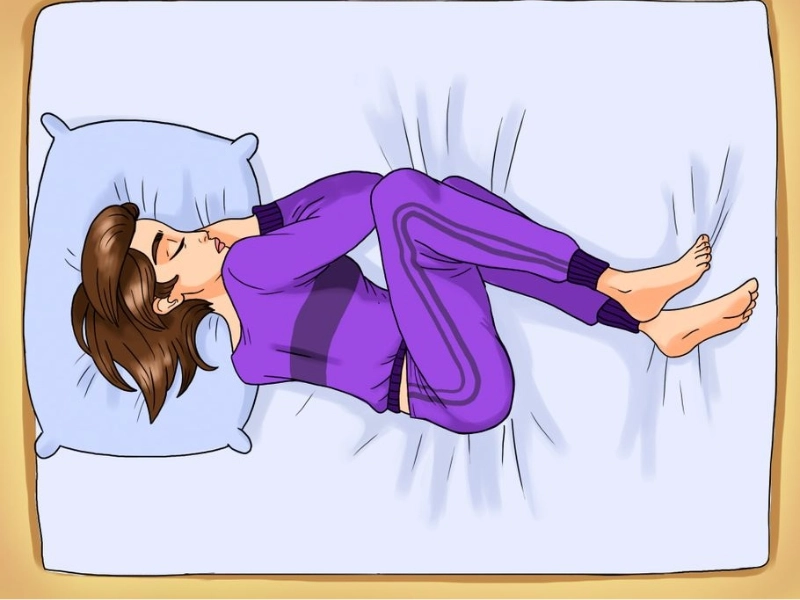Advertisement
5. tense muscles

Advertisement
Experiencing discomfort due to a slightly displaced spinal disc can be a common and challenging issue for many individuals. In such cases, adopting a specific sleeping posture can help to alleviate the pressure and discomfort, allowing the vertebrae to return to their optimal positions.
One effective sleeping posture to address this problem is to gently bend your body in a way that helps to spread out the vertebrae and relieve the pressure on the affected disc. This posture can be achieved by lying on your side with your knees bent and your hips and shoulders stacked on top of each other.
By bending your body in this manner, you can create a gentle stretch along the spine, which can help to reduce the pressure on the displaced disc. This posture allows the vertebrae to gradually realign themselves, relieving the tension and discomfort that may have been caused by the disc's slight displacement.
The benefits of this sleeping posture extend beyond just the physical aspect. By relieving the pressure on the vertebrae and nerves, this position can also help to alleviate any associated back discomfort or pain. This can lead to a more restful and restorative sleep, which is crucial for the body's natural healing and recovery processes.
It is important to note that the effectiveness of this sleeping posture may vary from individual to individual, as the specific cause and severity of the disc displacement can differ. In some cases, additional support or modifications to the posture may be necessary to achieve the desired relief.
Furthermore, it is always recommended to consult with a healthcare professional, such as a chiropractor or physical therapist, before attempting any new sleeping posture or treatment for a spinal condition. They can provide personalized guidance and recommendations based on the individual's unique circumstances, ensuring the safest and most effective approach to managing the issue.
In conclusion, the sleeping posture that involves gently bending the body to spread out the vertebrae can be a valuable tool for individuals experiencing discomfort due to a slightly displaced spinal disc. By relieving the pressure on the affected area, this posture can help to promote the realignment of the vertebrae and provide much-needed relief from back discomfort. However, it is essential to seek professional advice and guidance to ensure the safety and effectiveness of this approach.
